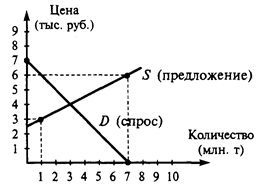Factory Capacity and Facilities
Manufacturing companies have to make decisions concerning the size of their production capacity. The capacity of something such as a factory, industry or region is the quantity of things that it can produce or deliver with the equipment or resources that are available. Having a large capacity enables a firm to meet unexpected increases in demand. Insufficient capacity, on the other hand, lead to a long lead time and slow service, that may cause customers to go to other suppliers, and allow competitors to enter the market. Excess capacity or overcapacity is more available equipment than needed, implying that situation is not a good thing. It can lead to under-utilising your workforce, which is clearly expensive, or reducing prices to stimulate demand or producing additional products that are less profitable. Moreover, all capacity costs money to maintain. Spare capacity, on the contrary, is often a good thing. Spare capacity includes equipment which is not currently needed for production, but can be easily used to increase production to meet unexpected or sudden increases in demand for the products. It is a certain capacity cushion which is necessary when production stops because of equipment failures. Capacity is influenced by a number of factors. It can be affected by external considerations such as government regulations concerning working hours, safety, pollution levels, by trade union agreements, and the capabilities of suppliers. There are also internal considerations such as the training and motivation of the personnel, the capabilities and reliability of the equipment, the control of materials and quality, and the capabilities of the management. Maximum capacity (i.e. operating 24 hours a day by three shifts of workers) is not a plant’s ideal capacity as this may be inefficient in terms of higher labour costs, higher maintenance expenses, and so on. Facilities are buildings, pieces of equipment, or services that are provided for the production purpose. Having large facilities may be an advantage and a disadvantage. Producing in large quantities allows a firm to take advantage of quantity discounts when purchasing and lowers the average cost per unit produced because of economies of scale. There are also disadvantages to having large facilities. Finding staff and coordinating material flow become more difficult and expensive. Moreover, the working environment and industrial relations are frequently worse in large factories.
|




